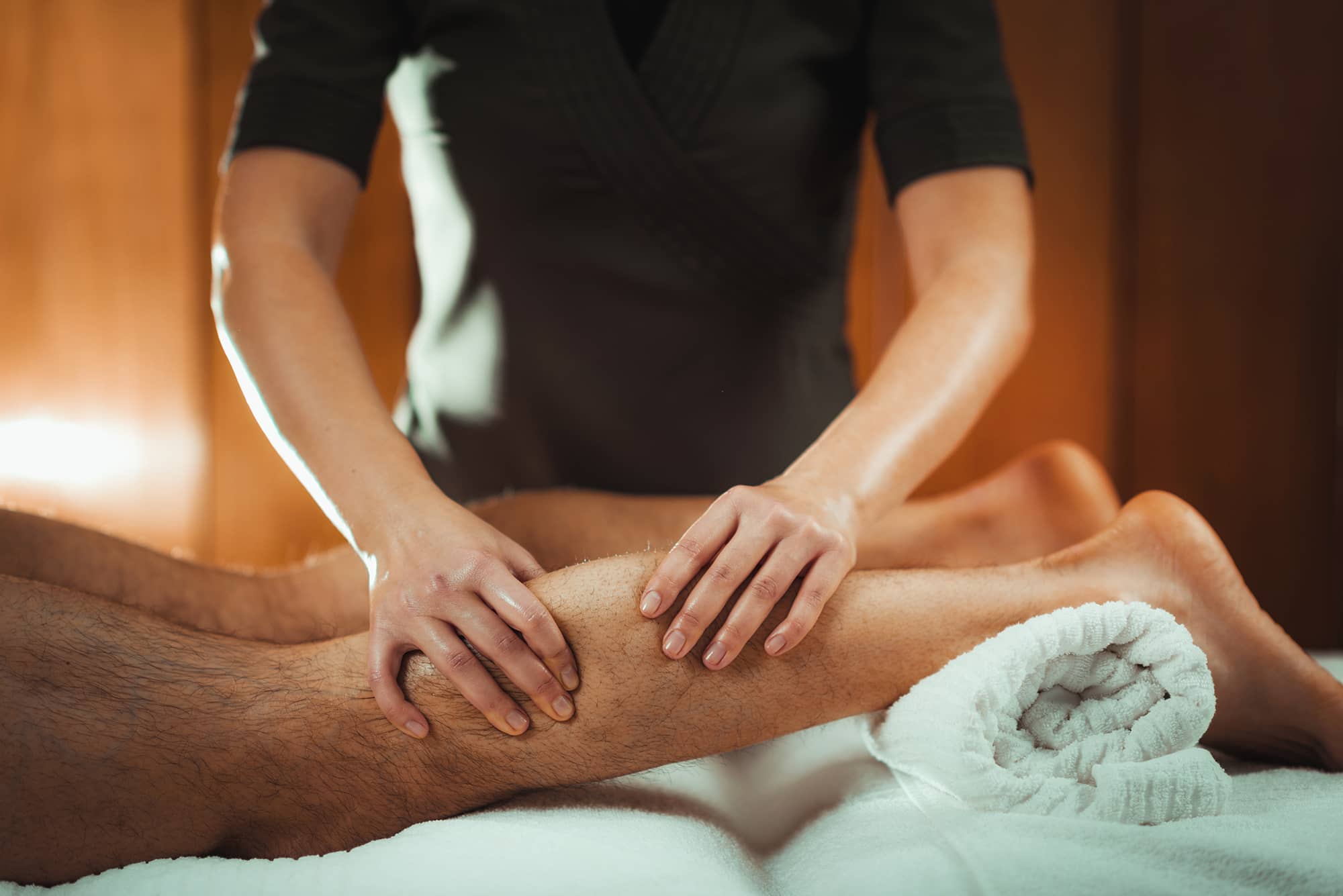Shin Splints is an umbrella term for what is more technically known as Medial Tibial Stress Syndrome (MTSS).  This condition generally presents itself as a dull ache around the tibia bone at the front of the lower leg. It predominantly affects those participating in high impact physical activity such as running, where repeated weight-bearing movements can result in trauma to the soft tissues around the tibia. Ultimately, exercising at a consistent high intensity can lead to pain, tenderness, swelling and inflammation of the muscles at the front of the lower leg. Commonly, there are 3 main causes of MTSS:
This condition generally presents itself as a dull ache around the tibia bone at the front of the lower leg. It predominantly affects those participating in high impact physical activity such as running, where repeated weight-bearing movements can result in trauma to the soft tissues around the tibia. Ultimately, exercising at a consistent high intensity can lead to pain, tenderness, swelling and inflammation of the muscles at the front of the lower leg. Commonly, there are 3 main causes of MTSS:
- Training in worn out or incorrect footwear
- A tightness and/or a lack of movement in the muscles of the calves and the feet
- A lack of gradual progression in your exercise regime.
It is difficult to tell whether your training shoes are worn, as often the midsole remains intact and looks new but it is the cushioning function that will wear. As a general rule, expect to get around 300 to 500 miles of movement from each pair of training shoes. Anything over this mileage and the shock absorption and cushioning ability will start to deteriorate and the support you get from the shoe will decrease over time.
The way your foot strikes the ground can affect the onset of Shin Splints. If you are flat-footed your feet are more likely to over-pronate and with this you will get an exaggerated rolling inwards of the foot as it travels over the ground. The tibia in the lower leg may twist with this excessive motion and the muscles in the lower leg overstretch, causing tightness and pain. With any muscle imbalance in the body, one area will continually be required to overcompensate for a weakness in another therefore shins, calves and feet can become overworked.
The lower leg acts as a shock absorber every time the foot strikes the ground. However, you can overload the muscles and the bones in the foot and lower leg through a rapid increase in the intensity and duration of exercise if your training program progresses too quickly or if there is not enough recovery time between bouts of activity. The structures in your lower leg become fatigued and are less able to absorb the force of the impact. The muscles can also become tight as a result of over-exercising.
A good therapist will be able to treat the symptoms associated with Shin Splints through massage, mobilisation, stretches and ice treatment. If symptoms persist, a biomechanical analysis will highlight any areas of imbalance and advice can be given on a rehabilitation programme of stretching and strengthening.
